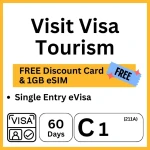Things to Do in Bali
Experience the Unforgettable
Events
At BICC, we’ve hosted some of Bali’s most memorable events. From high-profile international conferences to breathtaking weddings and grand exhibitions, our past events showcase the versatility and grandeur of our venue.
The Westin Resort
Welcome to The Westin Resort Nusa Dua, Bali, where wellness and comfort come together. Our BICC is seamlessly connected to the resort via a sheltered walkway, ensuring a convenient and comfortable experience for delegates. Discover our relaxing rooms and suites.
30
EVENT ROOMS
432
WESTIN ROOMS & SUITES
10.5 K
SQMT – TOTAL EVENT SPACE
2.3 K
SQMT – TOTAL EVENT SPACE
36
BREAKOUT ROOMS
Bali International Convention Centre
The premier choice for Bali wedding venues, meeting rooms in Bali, and Bali conference venues. Located within The Westin Resort Nusa Dua, Bali, BICC offers over 10,000 square meters of versatile event space, designed to inspire and empower. With a focus on well-being, our sophisticated facilities and responsible practices ensure that every event is a success. Whether you’re planning a global summit, a private gathering, or a dream wedding, BICC provides the perfect setting to maximize your impact.







































